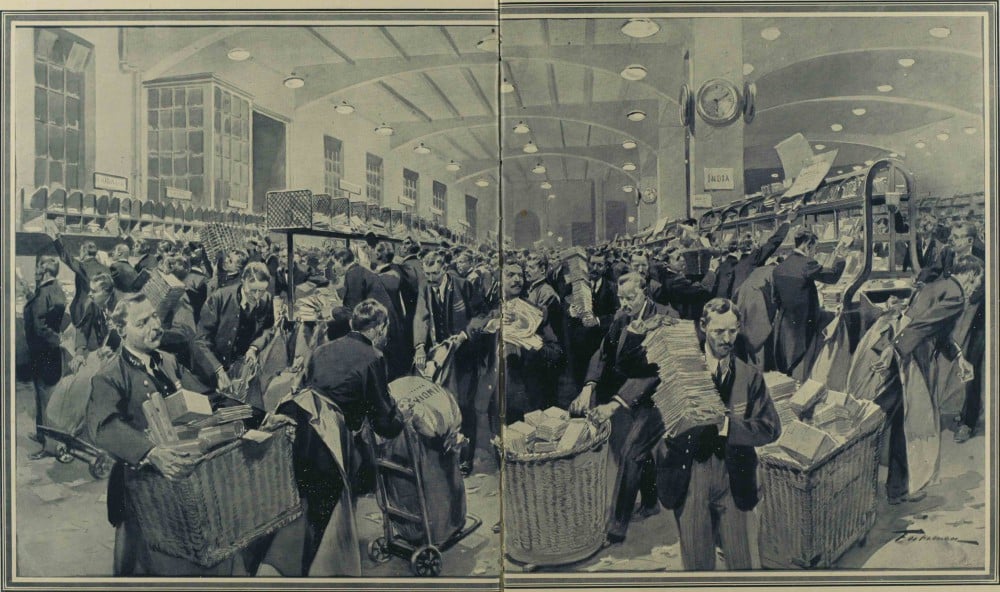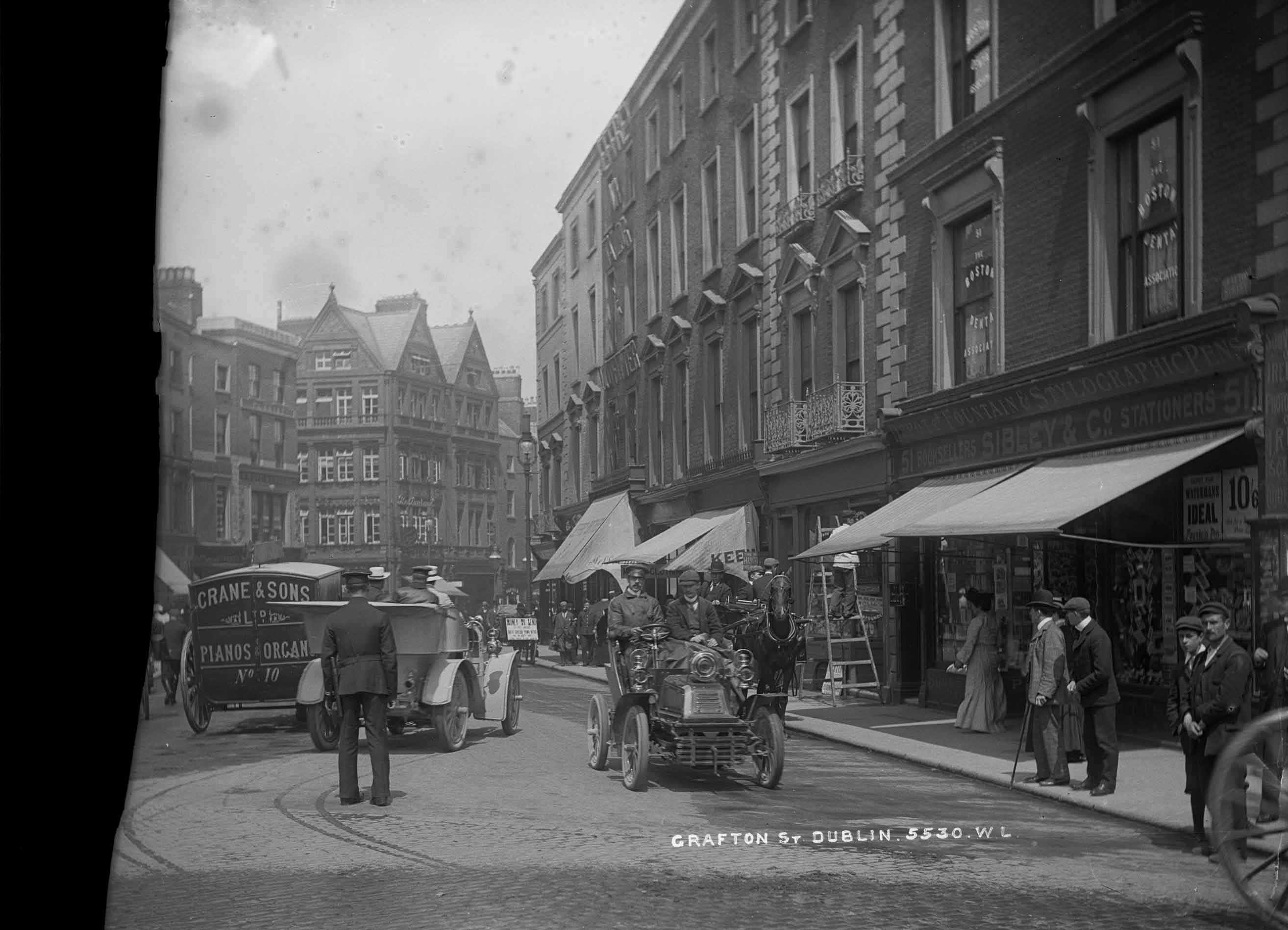Ireland celebrates Christmas
Religious services, frantic shopping and heavy postal loads mark the festive period in Dublin
Ireland celebrated Christmas day yesterday with religious ceremonies throughout the country. In the capital, the Pro-Cathedral was the setting for a solemn High Mass at both 6 o’clock and 12 o’clock, the latter presided over by Dr Walsh, the Archbishop of Dublin, and attended by the Lord Mayor and the Corporation, accompanied by the sword and mace bearers. As befitted the occasion, an air of solemnity prevailed: the altar and sanctuary of the cathedral was tastefully decorated and sacred music was provided by the choir under the direction of Mr Joseph O’Brien.
Across the city, devotions began with the celebration of Holy Communion from 8am in St. Patrick’s Cathedral, the service commencing with the entrance of a choir singing 'O Come all ye faithful’. The sermon was preached by the Dean of St. Patrick’s, who remarked on how the ‘principle of the Christian divine life was radically different from that of the world’s view of greatness. Napoleon conquered nations by force, using as his means the weapons of fire and sword, but now where was his glory? It was gone before he died, and there was none now to rise up and call him blessed.’

The Christmas rush at the General Post Office in London. (Image: Illustrated London News [London, England], 27 December 1913)
In hospitals across the city, special efforts were made to brighten the lot of those unfortunate to be away from family and home for the festive period.
In the Coombe hospital, which sits amidst the city’s slum area, the wards were decorated, the standard dietary regime was relaxed for the day and a ‘liberal fare’ was reported to have been dished up for the patients. In the National Children’s Hospital on Harcourt Street, generous donations ensured that there was a ‘profusion of toys’ and plenty of smiling faces among the children. The celebrations are set to continue into the new year: on January 8th, a Christmas tree gifted by Lord Powerscourt will be covered with toys for the patients. At the Royal Hospital for incurables, patients were treated to a dinner of roast beef, chicken, and ham, followed by plum pudding, fruit cakes, sweets and other delicacies, while male patients were also presented with pipes and a supply of tobacco.
Balancing the working demands of the hospital with the Christmas spirit was no easy task in Jervis Street where the accident department was busy throughout the day. However, many of those presenting did so with trivial injuries, quite a number of which resulted from burns sustained in the course of cooking the Christmas dinner.
Listen to The Irish Times report on Christmas shopping on Grafton Street, Dublin, in December 1913 and the contrasting scenes of opulence and destitution within the city (RTÉ Radio One, Lockout Podcasts)
Despite the grim backdrop of labour unrest, the build up to this year’s Christmas has been as busy as ever. Traffic congestion was as bad as London on the streets and within certain shops, assistants were run off their feet and customers tread on one another feet. Money was clearly not wanting for some. Cigarettes and tobacco that might ordinarily sell by the ounce was being sold by the pound, while children pestered their parents for toys. There were, however, occasional reminders of the great social divides that exist within the city.
The Irish Times reported prior to Christmas how ‘barefooted innocents’ would creep through the well-dressed crowds and longingly gaze at toys, whose display in the windows of shops will ‘only rouse longings which no one can be found to satisfy’. The same newspaper also reported on how the line of ‘police-guarded coal carts is a grim sign of the state of semi-siege which marks this Yuletide’.
If the shops of the city have been humming with activity, it is nothing to what has been going on in the postal depots. It has been expected that the labour dispute in Dublin would have had an adverse effect on the Christmas trade, but the opposite has been the case. There has been a 40% increase in the number of parcels delivered in the city area alone. The explanation provided for this spike in activity is that parcel usually sent by train and delivered by carriers were this year sent through the Post Office owing to difficulties with deliveries by railway companies and carrier firms.
This year’s foreign mail has been the heaviest in history. The sheer volume of postal traffic is underlined by the numbers involved. On the single day, 20 December, the RMS Olympic brought 212,000 letters and newspackets, with 1,949 registered letters. In addition, 290,000 letters, 9,000 newspackets and 3,245 registered letters were brought by the New York passenger liner. And this was not the sum of it. The Empress of Ireland also dispatched 130,000 letters 4,000 newspackets, of which 1,338 were registered packets.





















